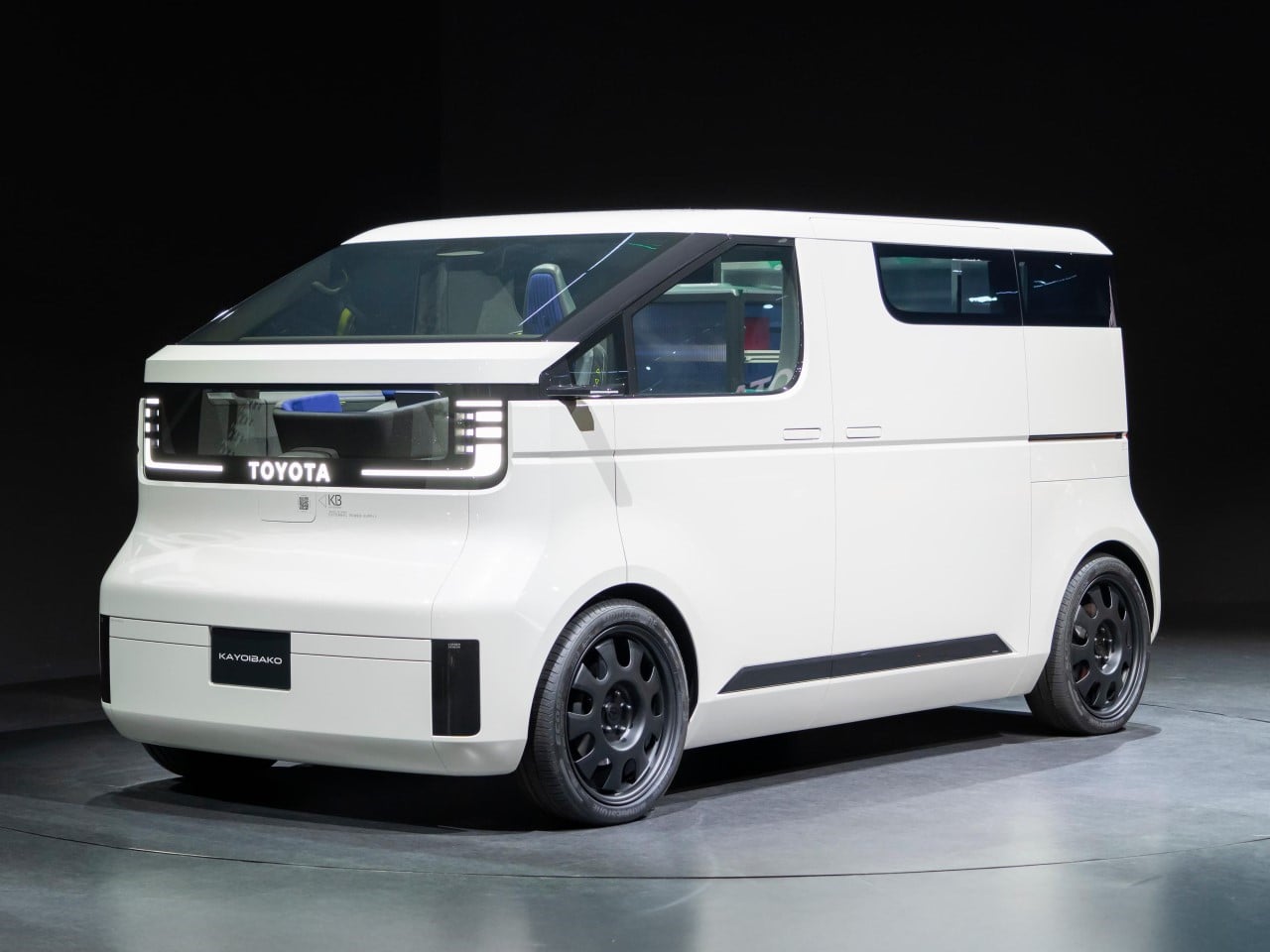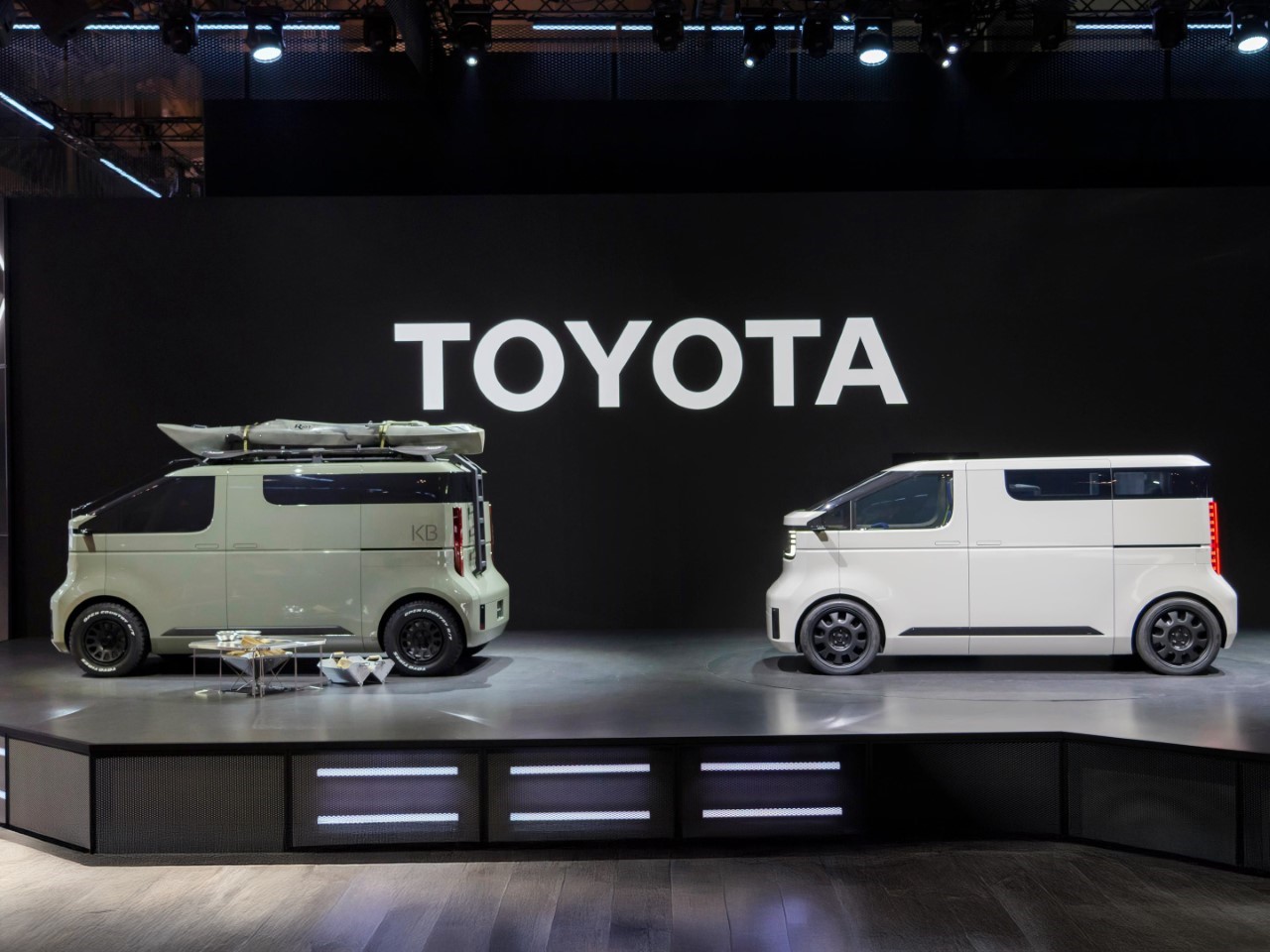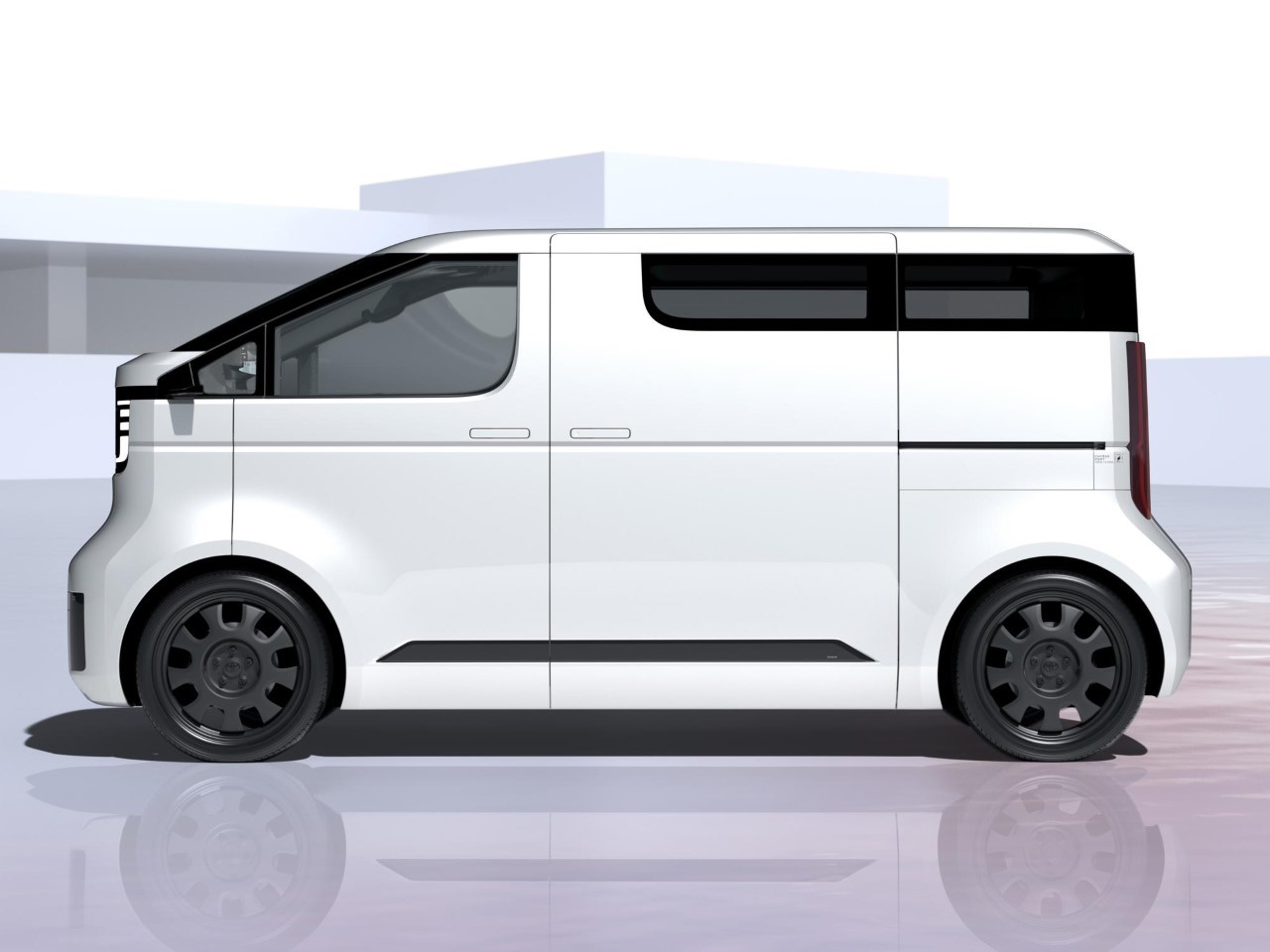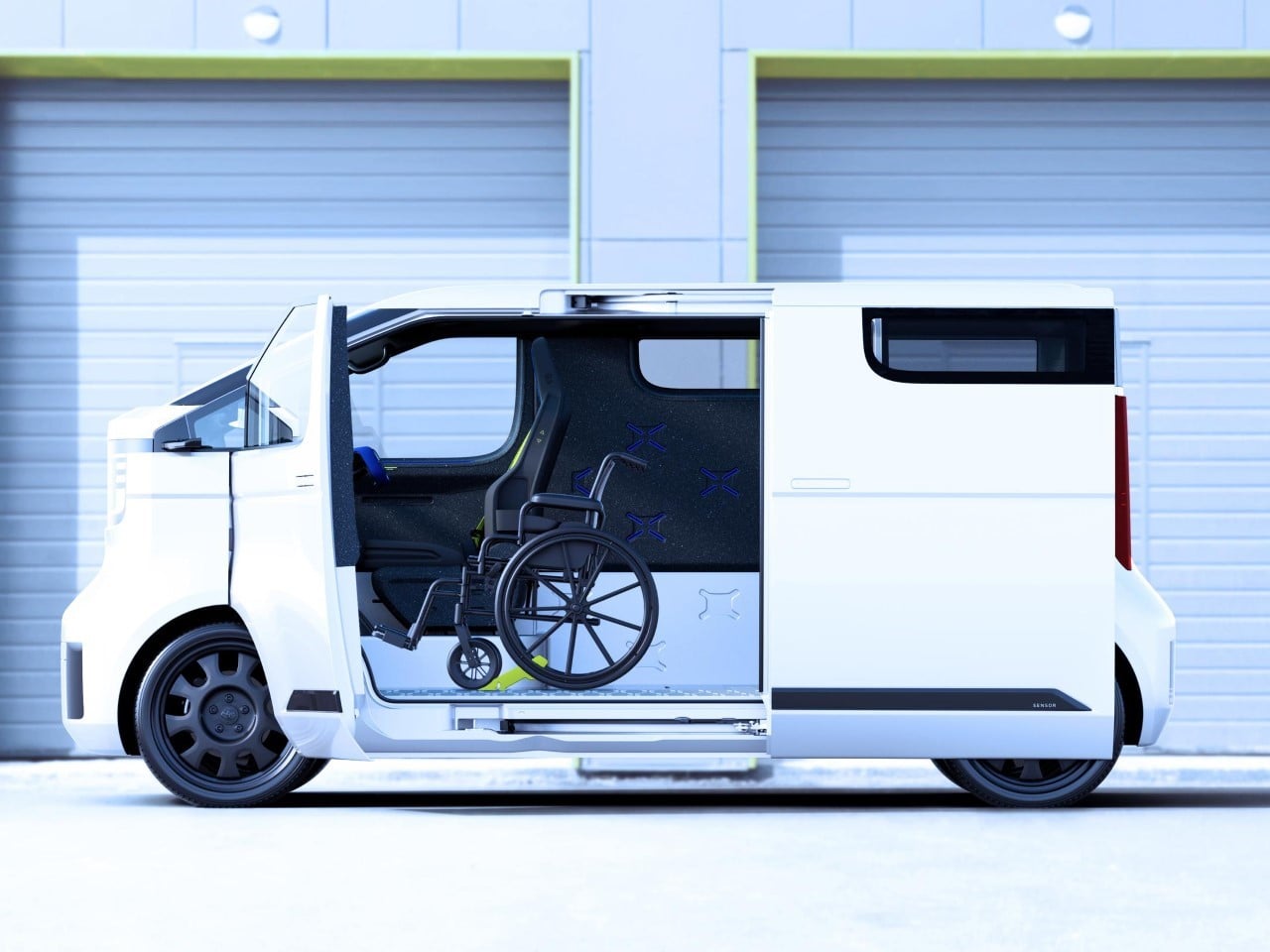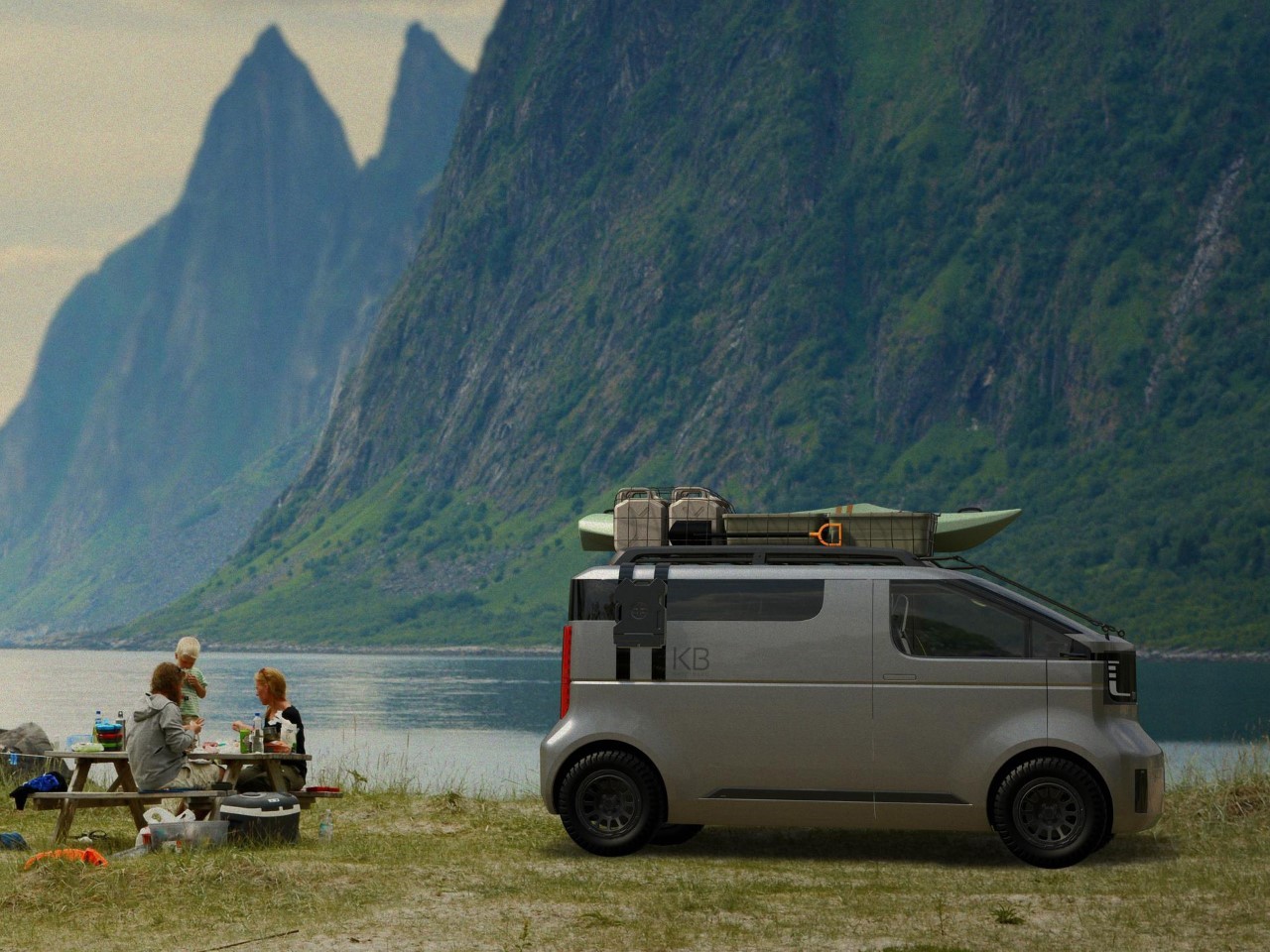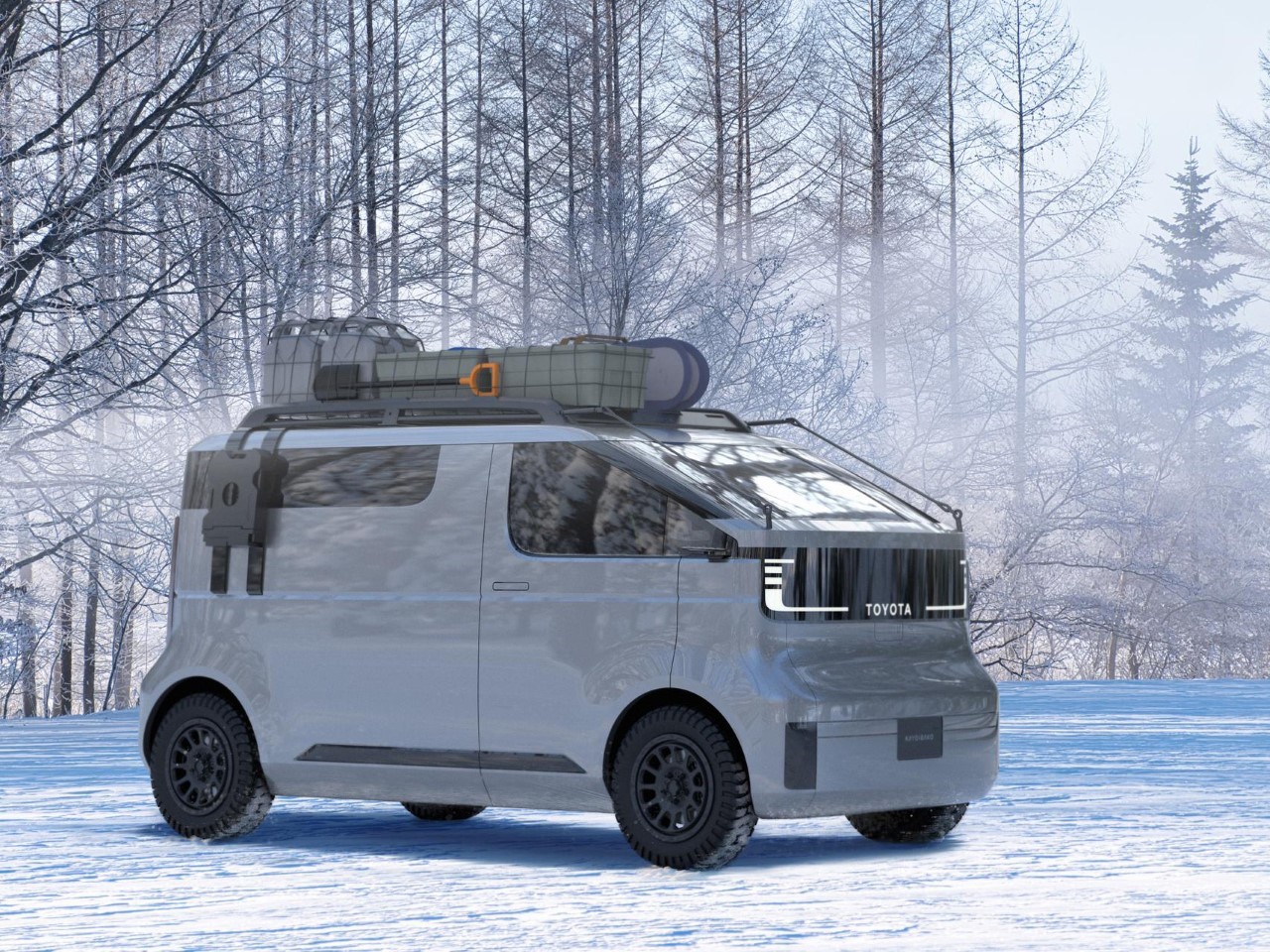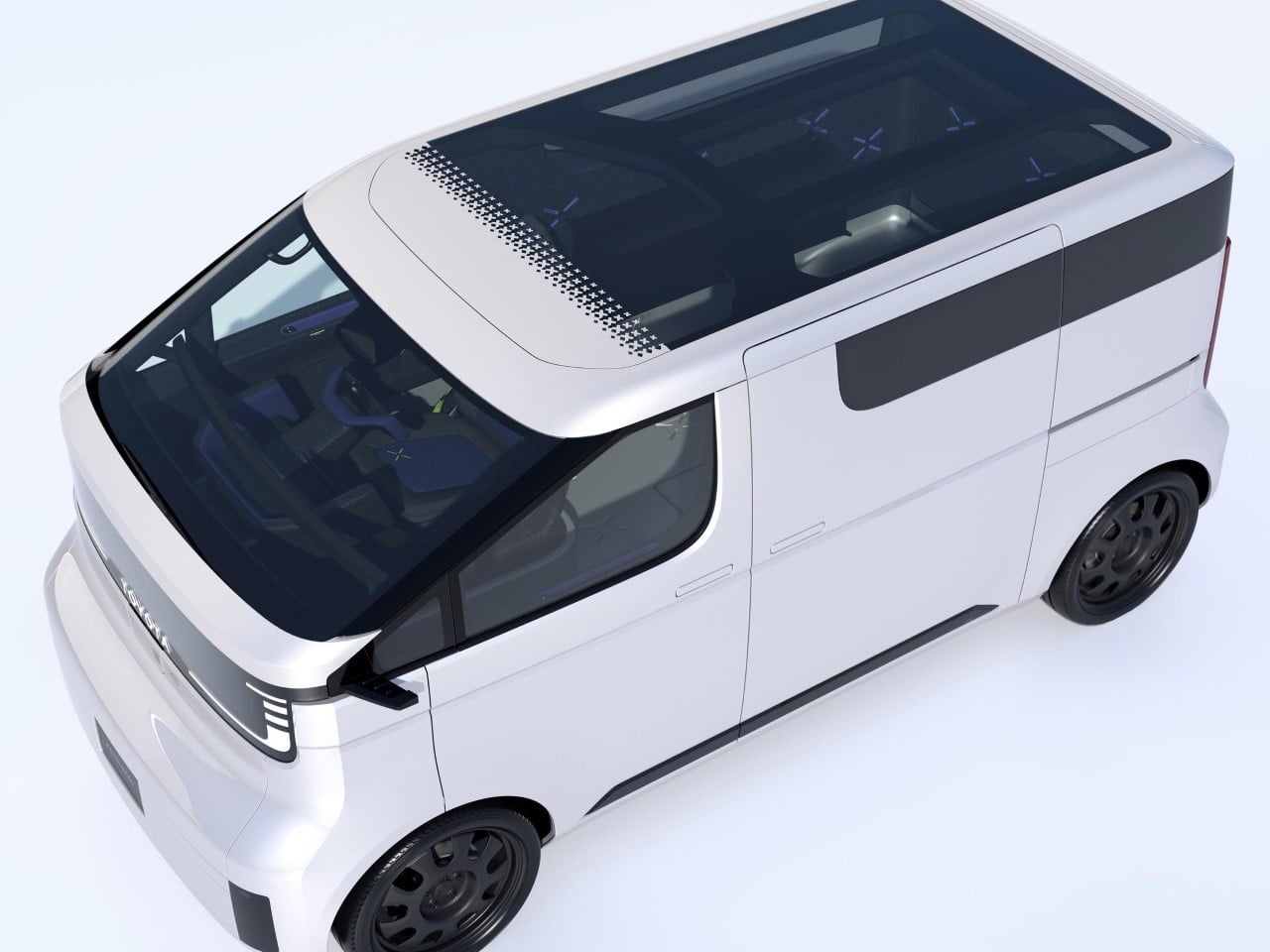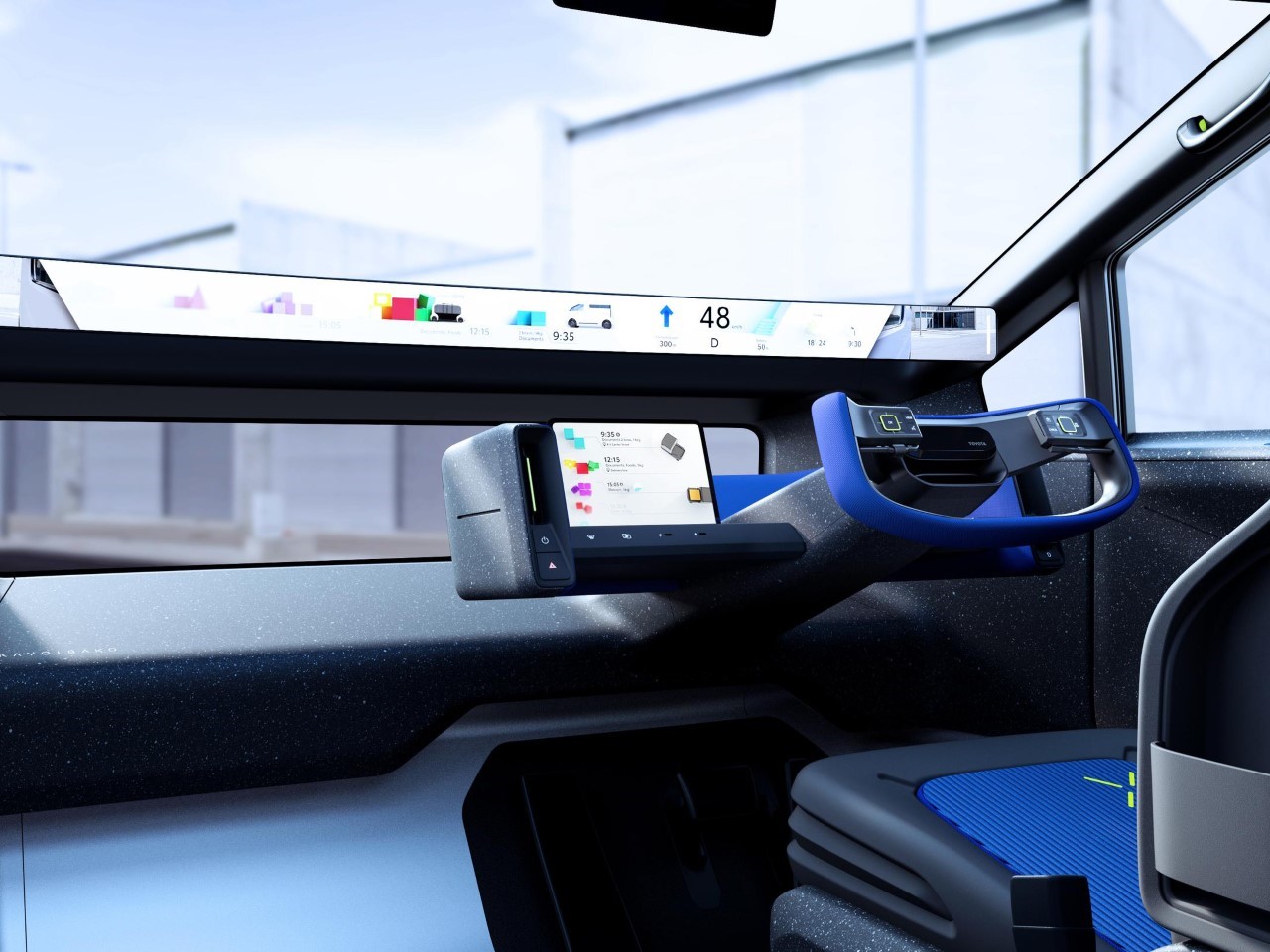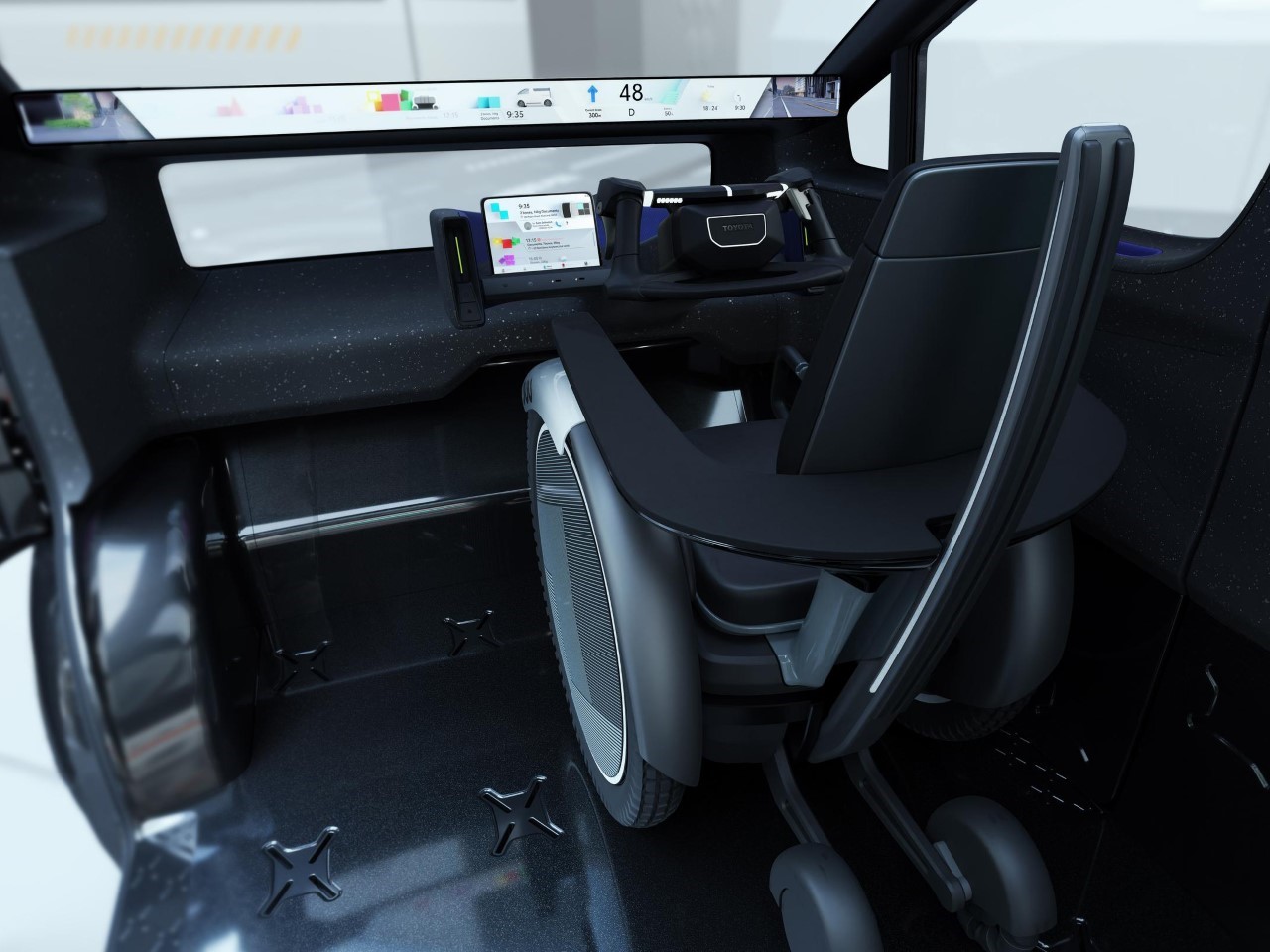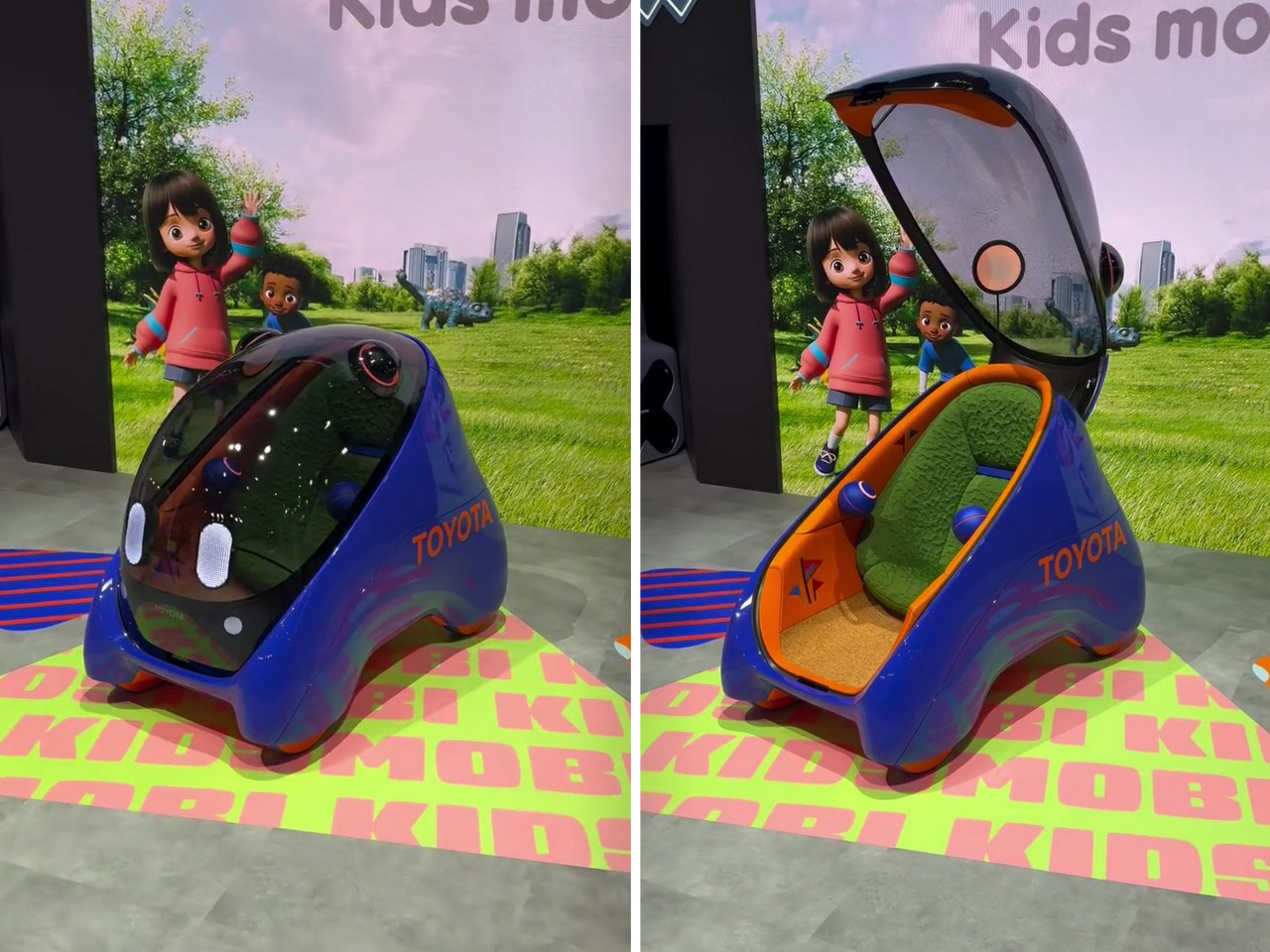
Would you trust AI to drive your child across town without you? Toyota is betting some parents will. At the Japan Mobility Show 2025, the automotive giant introduced Mobi, a fully autonomous electric bubble car that transports children on their own, with no adult supervision required. The pint-sized vehicle relies entirely on AI for navigation and safety, marking a radical departure from traditional ideas about child transportation.
This is the kind of concept that makes you simultaneously excited about the future and somewhat uncomfortable about it. The Mobi sits on display at the show between October 30th and November 9th, looking like someone crossbred a Pixar character with actual transportation infrastructure. And honestly, that seems intentional. Toyota positioned this as part of their “Mobility for All” project, which sounds noble until you realize they’re proposing to put elementary schoolers in autonomous pods and send them off into traffic.
Designer: Toyota
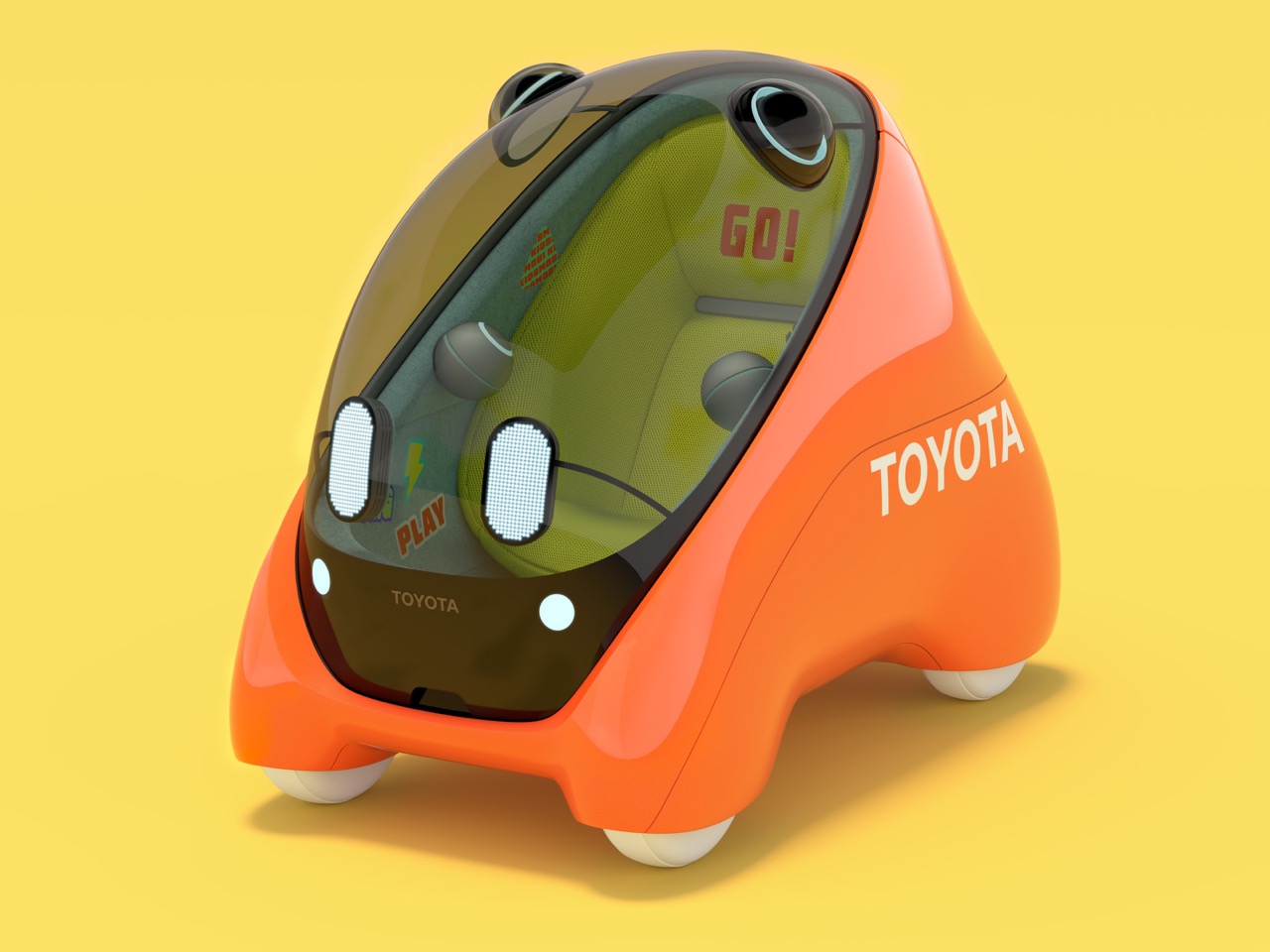
The design language here is fascinating because it has to do something incredibly difficult: make a vehicle feel safe enough for parents to trust while simultaneously feeling fun enough that kids actually want to use it. That bubble canopy swings upward like a gullwing door, revealing a single seat covered in fuzzy material that looks lifted straight from a particularly cozy bean bag chair. The exterior comes in aggressively cheerful colorways, lime green with black accents or blue-purple with orange trim, both loud enough to make sure nobody’s running this thing over in a parking lot. And then there are the LED eyes at the front, two circular lights that blink and animate to give the vehicle an almost sentient personality. It’s cute bordering on manipulative, which is probably exactly the emotional response Toyota wants from both kids and their hesitant parents. Up top, two ‘ears’ serve as the car’s advanced sensor array, allowing the EV to be spatially aware as it transports its tiny passenger around.
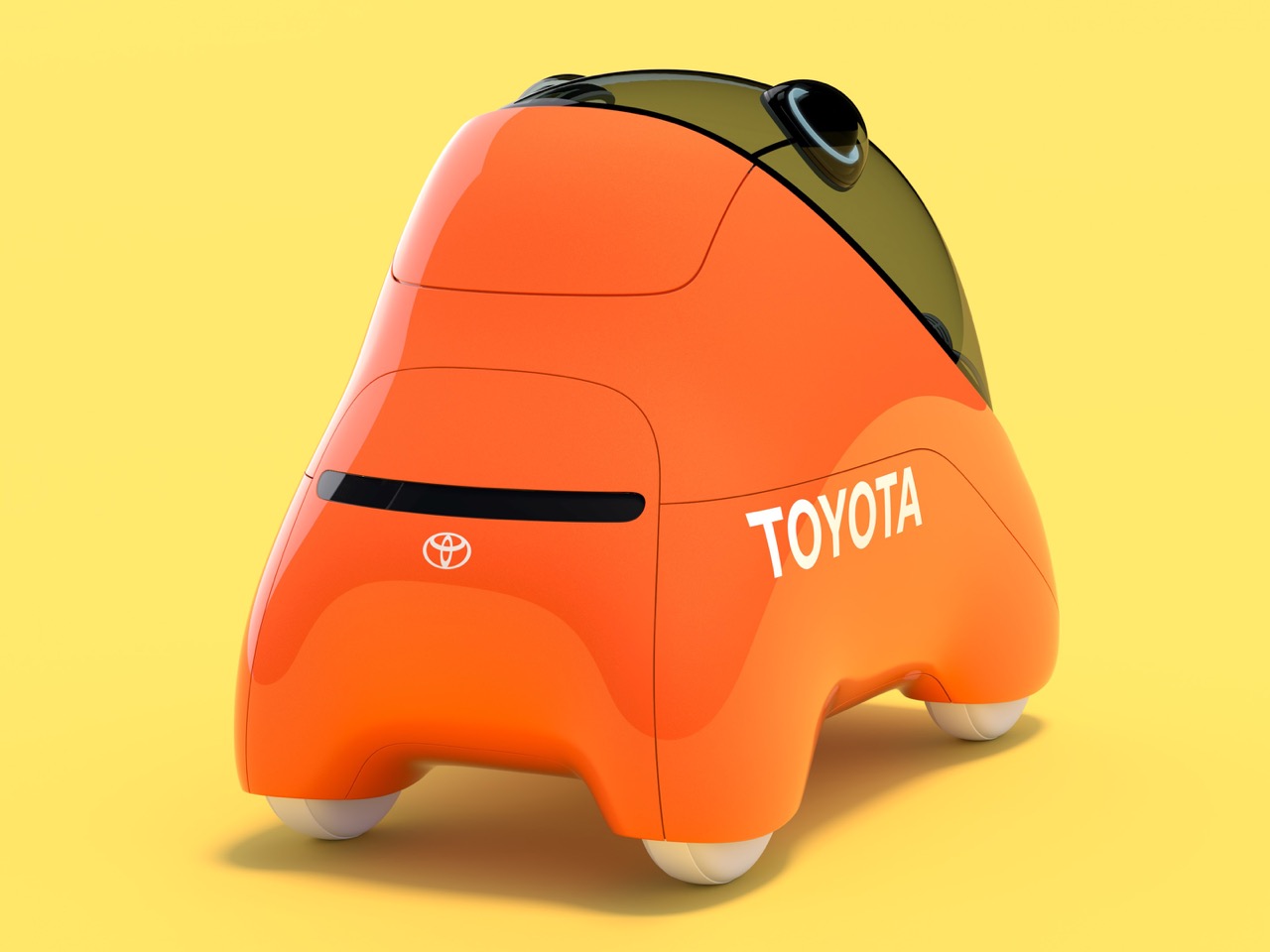
The AI system does all the heavy lifting here. Direction, speed, traffic navigation, obstacle detection, it’s all handled by the onboard intelligence while the kid just sits there like a particularly small passenger on the world’s shortest Uber ride. Toyota has equipped the Mobi with an AI assistant called UX Friend, which is either a stroke of genius or the beginning of a Black Mirror episode depending on your tolerance for letting algorithms raise your children. This virtual companion talks to kids throughout the journey, gives them instructions on how to “drive” the autonomous pod (which is really just letting them feel involved), and presumably keeps them entertained so they don’t try to open the door mid-trip. The system uses sensors and cameras positioned around the vehicle to detect motion and obstacles, creating a protective bubble of awareness that theoretically keeps the child safe from the chaos of real-world traffic.
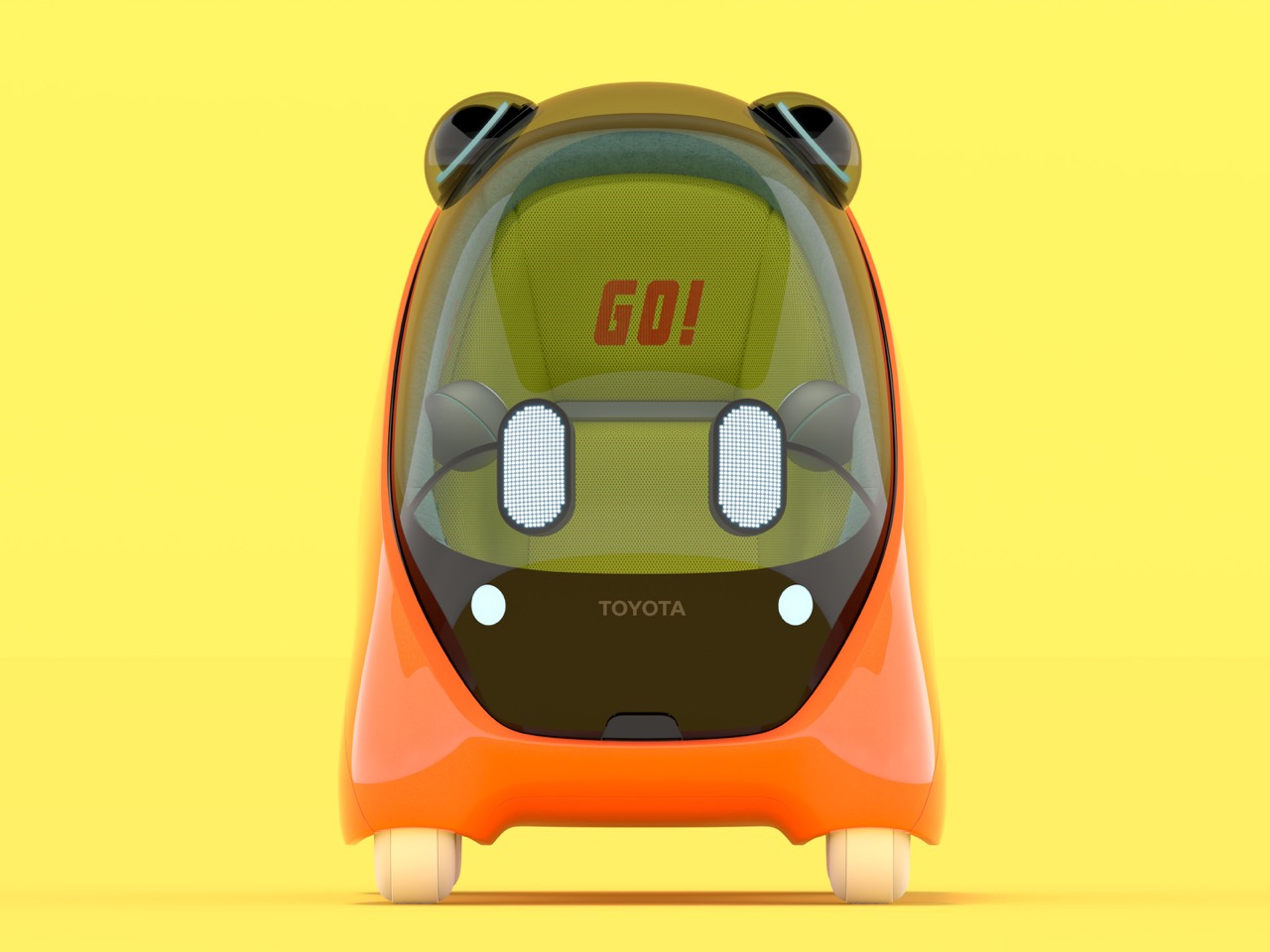
The specs are still murky because Toyota hasn’t released the full technical breakdown yet. What we know is the outer shell likely uses lightweight plastic or composite materials to keep the weight down and the safety up. The vehicle is almost comically small, with a footprint that makes a Smart car look like an SUV. Single occupancy only, which makes sense given the target demographic isn’t carpooling to corporate meetings. The interior is deliberately spacious enough for a child to sit comfortably without feeling claustrophobic, and that textured seat material isn’t just aesthetic, it’s tactical design meant to make the space feel less like a vehicle and more like a safe cocoon. Toyota knows that if kids associate this thing with discomfort or fear, the whole concept dies on arrival.
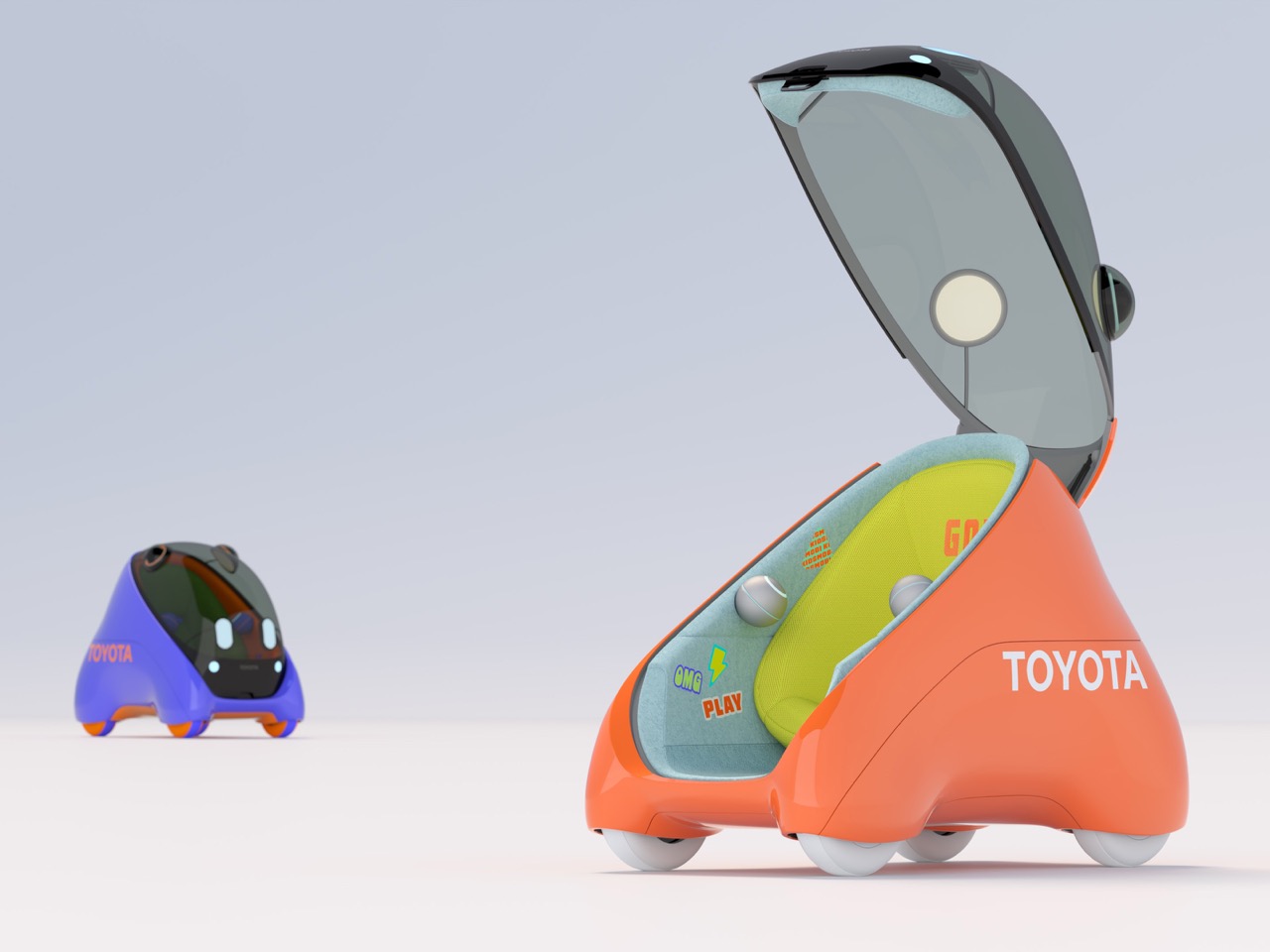
Here’s where it gets interesting though. This isn’t a production vehicle, it’s a concept with a working prototype, and Toyota has been notably silent about when or if they plan to conduct real-world road tests with actual children inside. That’s a massive gap between “look at this cool thing we built” and “you can actually use this to send your kid to soccer practice.” The regulatory hurdles alone are staggering. What jurisdiction is going to greenlight unsupervised minors in autonomous vehicles? What happens when the AI encounters an edge case it wasn’t trained for? Who’s liable when something inevitably goes wrong? Toyota is playing in a sandbox that doesn’t have rules yet, and while that’s exciting from an innovation standpoint, it’s also deeply complicated from a practical one. The Mobi might be a genuine glimpse at future mobility, or it might be an elaborate design exercise that never leaves the auto show circuit. Only time will tell…
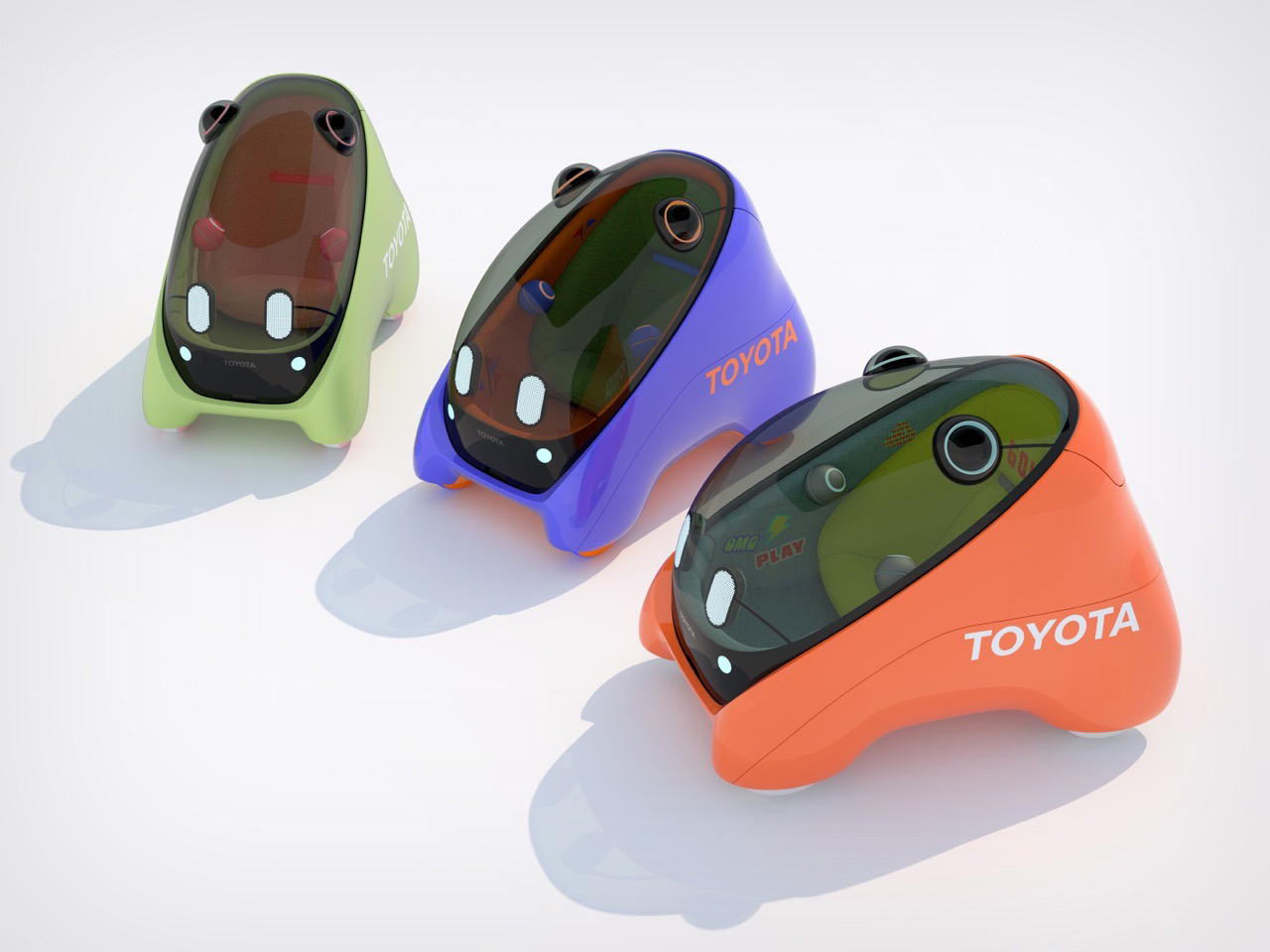
The post Toyota Announces World’s First Self-Driving EV For Children first appeared on Yanko Design.
